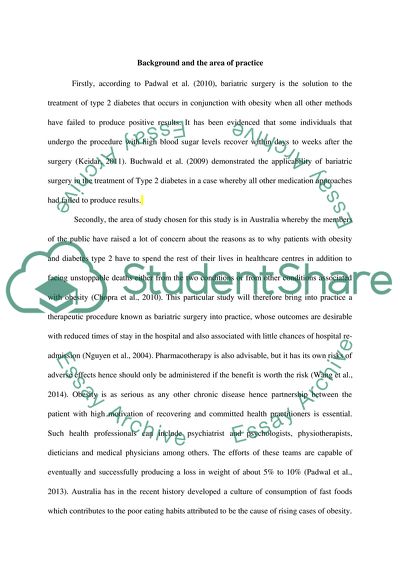Cite this document
(“Bariatric Surgery Research Paper Example | Topics and Well Written Essays - 3750 words”, n.d.)
Bariatric Surgery Research Paper Example | Topics and Well Written Essays - 3750 words. Retrieved from https://studentshare.org/nursing/1700828-implementing-the-evidence
Bariatric Surgery Research Paper Example | Topics and Well Written Essays - 3750 words. Retrieved from https://studentshare.org/nursing/1700828-implementing-the-evidence
(Bariatric Surgery Research Paper Example | Topics and Well Written Essays - 3750 Words)
Bariatric Surgery Research Paper Example | Topics and Well Written Essays - 3750 Words. https://studentshare.org/nursing/1700828-implementing-the-evidence.
Bariatric Surgery Research Paper Example | Topics and Well Written Essays - 3750 Words. https://studentshare.org/nursing/1700828-implementing-the-evidence.
“Bariatric Surgery Research Paper Example | Topics and Well Written Essays - 3750 Words”, n.d. https://studentshare.org/nursing/1700828-implementing-the-evidence.


